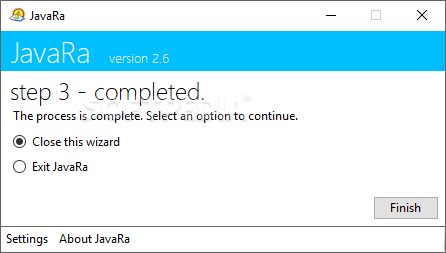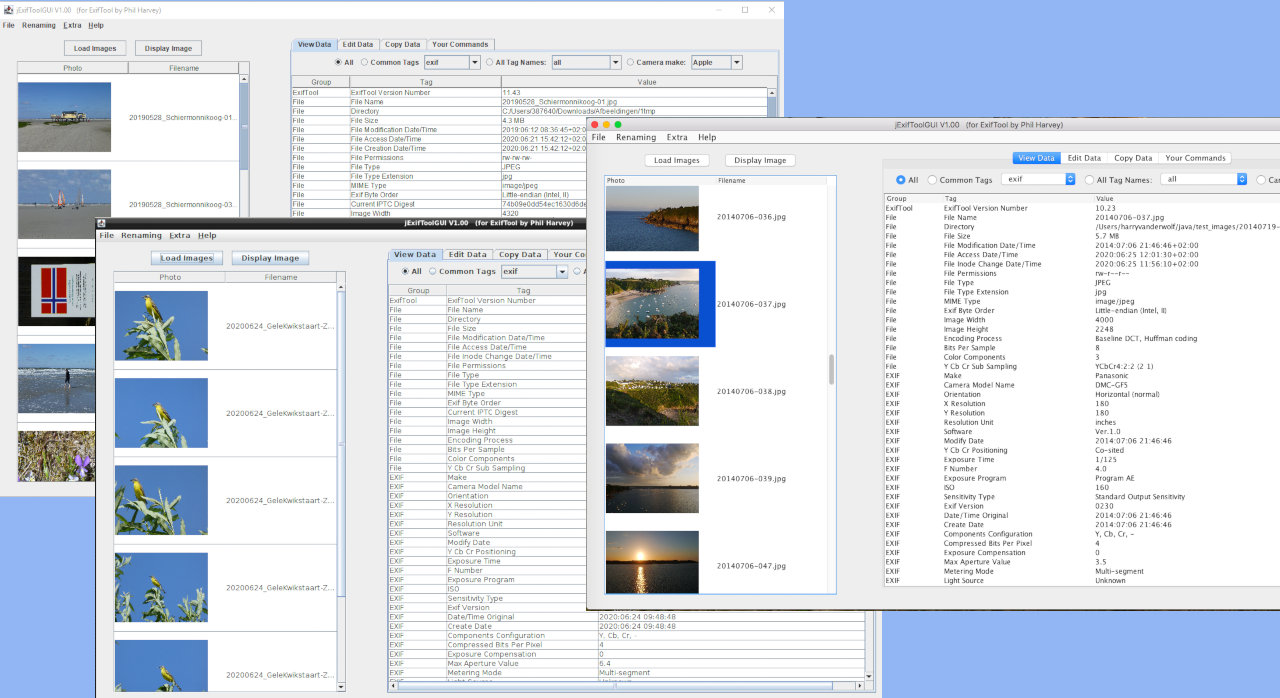We would like to show you a description here but the site won’t allow us. Community Edition 21.0.0. Released on March 1, 2021.It is free and open source.Also you can get it from the GitHub mirror.: Enterprise Edition 21.0. Released on March 8, 2020. Java SE Development Kit 8 Downloads. Thank you for downloading this release of the Java™ Platform, Standard Edition Development Kit (JDK™). The JDK is a development environment for building applications, applets, and components using the Java programming language.
- Jre 1.5 Mac Download
- Jre 1.5 Mac Os X Download
- Jre 1.5 Mac Download Free
- Jre 1.5 Mac Download Windows 10
- Jre 1.5 Mac Download Torrent
Warning
For safety reasons, DO NOT install Red with a root user. If you are unsure how to createa new user on Linux, see this guide by DigitalOcean.
Installing the pre-requirements¶
Please install the pre-requirements using the commands listed for your operating system.
Python 3.8.1 or greater; Python 3.9 is currently not supported!
Pip 18.1 or greater
Git 2.11+
Java Runtime Environment 11 (for audio support)
We also recommend installing some basic compiler tools, in case our dependencies don’t providepre-built “wheels” for your architecture.
Operating systems¶
Continue by Creating a Virtual Environment.
In order to install Git 2.11 or greater, we recommend adding the IUS repository:
Complete the rest of the installation by installing Python 3.8 with pyenv.
Complete the rest of the installation by installing Python 3.8 with pyenv.
We recommend installing pyenv as a method of installing non-native versions of python onDebian/Raspbian Buster. This guide will tell you how. First, run the following commands:
Complete the rest of the installation by installing Python 3.8 with pyenv.
Fedora Linux 31 and above has all required packages available in official repositories. Installthem with dnf:
Continue by Creating a Virtual Environment.
Install Brew: in Finder or Spotlight, search for and open Terminal. In the terminal, paste thefollowing, then press Enter:
After the installation, install the required packages by pasting the commands and pressing enter,one-by-one:
Continue by Creating a Virtual Environment.
We recommend installing a community package to get Python 3.8 on openSUSE Leap 15.1+. This package willbe installed to the /opt directory.
First, add the Opt-Python community repository:
Now install the pre-requirements with zypper:
Since Python is now installed to /opt/python, we should add it to PATH. You can add a file in/etc/profile.d/ to do this:
Now, install pip with easy_install:
Continue by Creating a Virtual Environment.
openSUSE Tumbleweed has all required dependencies available in official repositories. Install themwith zypper:
Continue by Creating a Virtual Environment.
Jre 1.5 Mac Download
We recommend adding the git-core ppa to install Git 2.11 or greater:
We recommend adding the deadsnakes ppa to install Python 3.8.1 or greater:
Now install the pre-requirements with apt:
Continue by Creating a Virtual Environment.
We recommend adding the git-core ppa to install Git 2.11 or greater:
Now install the pre-requirements with apt:
Continue by Creating a Virtual Environment.
We recommend adding the git-core ppa to install Git 2.11 or greater:
Now, to install non-native version of python on non-LTS versions of Ubuntu, we recommendinstalling pyenv. To do this, first run the following commands:
And then complete the rest of the installation by installing Python 3.8 with pyenv.
Installing Python with pyenv¶
Note
If you followed one of the sections above, and weren’t linked here afterwards, you should skipthis section.
On distributions where Python 3.8 needs to be compiled from source, we recommend the use of pyenv.This simplifies the compilation process and has the added bonus of simplifying setting up Red in avirtual environment.
After this command, you may see a warning about ‘pyenv’ not being in the load path. Follow theinstructions given to fix that, then close and reopen your shell.
Then run the following command:
This may take a long time to complete, depending on your hardware. For some machines (such asRaspberry Pis and micro-tier VPSes), it may take over an hour; in this case, you may wish to removethe CONFIGURE_OPTS=--enable-optimizations part from the front of the command, which willdrastically reduce the install time. However, be aware that this will make Python run about 10%slower.
After that is finished, run:
Pyenv is now installed and your system should be configured to run Python 3.8.
Continue by Creating a Virtual Environment.
Creating a Virtual Environment¶
Tip
If you want to learn more about virtual environments, see page: About Virtual Environments
We require installing Red into a virtual environment. Don’t be scared, it’s verystraightforward.
You have 2 options:
Using venv (quick and easy, involves just two commands)
Using pyenv virtualenv (only available and recommended when you installed Python with pyenv)
Using venv¶
This is the quickest way to get your virtual environment up and running, as venv is shipped withpython.
First, choose a directory where you would like to create your virtual environment. It’s a good ideato keep it in a location which is easy to type out the path to. From now, we’ll call itredenv and it will be located in your home directory.
Create your virtual environment with the following command:
And activate it with the following command:
Important
You must activate the virtual environment with the above command every time you open a newshell to run, install or update Red.
Continue by Installing Red.
Using pyenvvirtualenv¶
Using pyenvvirtualenv saves you the headache of remembering where you installed your virtualenvironments. This option is only available if you installed Python with pyenv.
First, ensure your pyenv interpreter is set to python 3.8.1 or greater with the following command:
Now, create a virtual environment with the following command:
Replace <name> with whatever you like. If you ever forget what you named it,you can always use the command pyenvversions to list all virtual environments.
Now activate your virtualenv with the following command:
Important
You must activate the virtual environment with the above command every time you open a newshell to run, install or update Red. You can check out other commands like pyenvlocal andpyenvglobal if you wish to keep the virtualenv activated all the time.
Continue by Installing Red.
Installing Red¶
Jre 1.5 Mac Os X Download
Choose one of the following commands to install Red.
To install without additional config backend support:
Or, to install with PostgreSQL support:
Note
These commands are also used for updating Red

Setting Up and Running Red¶
After installation, set up your instance with the following command:
This will set the location where data will be stored, as well as yourstorage backend and the name of the instance (which will be used forrunning the bot).
Once done setting up the instance, run the following command to run Red:
It will walk through the initial setup, asking for your token and a prefix.You can find out how to obtain a token withthis guide.

Tip
If it’s the first time you’re using Red, you should check our Getting started guidethat will walk you through all essential information on how to interact with Red.
Community Edition 21.0.0Released on March 1, 2021 (Milestones). | Enterprise Edition 21.0Released on March 8, 2020 |
Windows
Mac OS X
Linux
Eclipse Plugin
Note: plugin is compatible with Eclipse platform (from Neon to 2020-09). Required plugins: gef and draw2d. ChecksumsPrevious versions | Enterprise Edition features:
|
| Usually we release a new Minor Community Edition version once per two weeks. Major version is released quarterly (every 3 months). Information about previous releases you can find here. | |
Tested and verified for MS Windows, Linux and Mac OS X.
Install:
Windows installer – run installer executable. It will automatically upgrade version (if needed).
MacOS DMG – just run it and drag-n-drop DBeaver into Applications.
Debian package – run sudo dpkg -i dbeaver-<version>.deb. Then execute “dbeaver &”.
RPM package – run sudo rpm -ivh dbeaver-<version>.rpm. Then execute “dbeaver &”. Note: to upgrade use “-Uvh” parameter.
ZIP archive – extract archive and run “dbeaver” executable. Do not extract archive over previous version (remove previous version before install).
Upgrade – don’t be afraid to remove previous DBeaver version – your settings won’t be lost. All settings are kept in the separate folder (DBeaverData in user home)
Java notes:
DBeaver requires Java 11 or higher. Since version 7.3.1 all distributions include OpenJDK 11 bundle.
If you want to use you own locally installed Java you may delete folder “jre” in the DBeaver installation folder.
Debian repository:
Ubuntu PPA:
You can use PPA repository to easily install/upgrade DBeaver on Debian Linuxes. Mostly it is the same as regular Debian repo but it is hosted on Launchpad.
Early Access:
You may get latest build (EA version) of DBeaver. Usually it contains all major bug fixes found in current stable version. Just choose the archive corresponding to your OS and hardware from the following folder: EA version downloads.
Source code:
Community Edition sources, issue tracker, older releases, etc: https://github.com/dbeaver/dbeaver
Archive:
All recent DBeaver versions are available in the archive.
CloudBeaver
Jre 1.5 Mac Download Free
DBeaver is desktop application.
If you are looking for a web-based database management system – please check another of our products: CloudBeaver.
Jre 1.5 Mac Download Windows 10
It is also open-source and free.